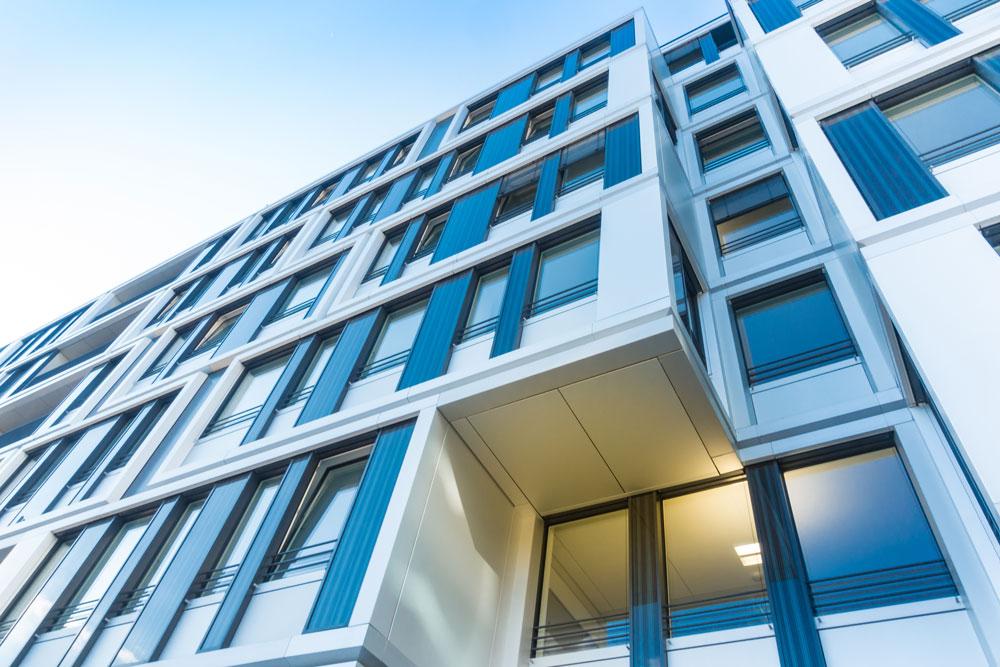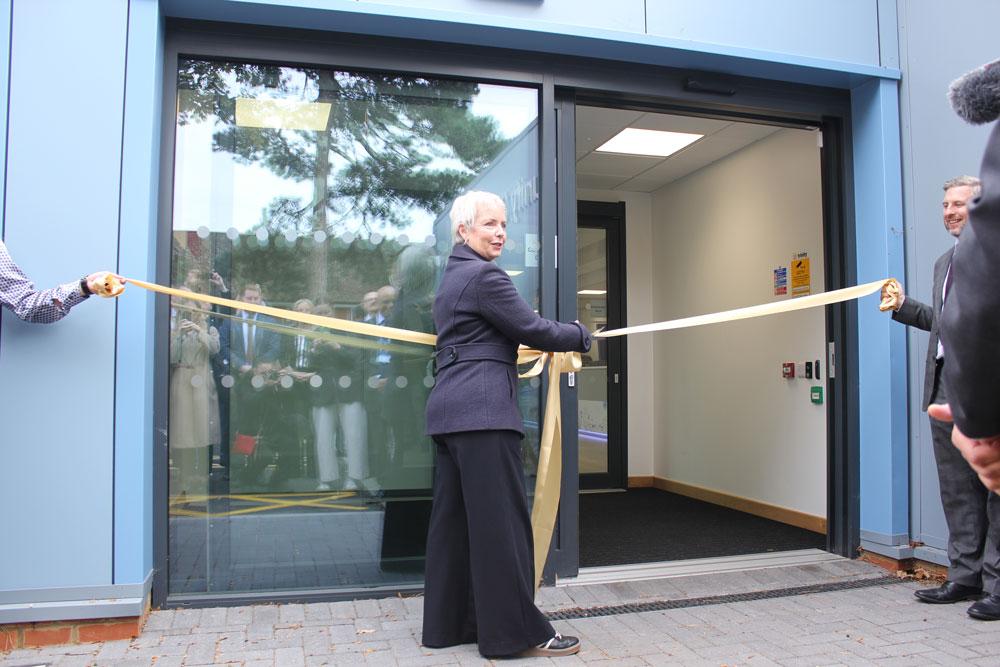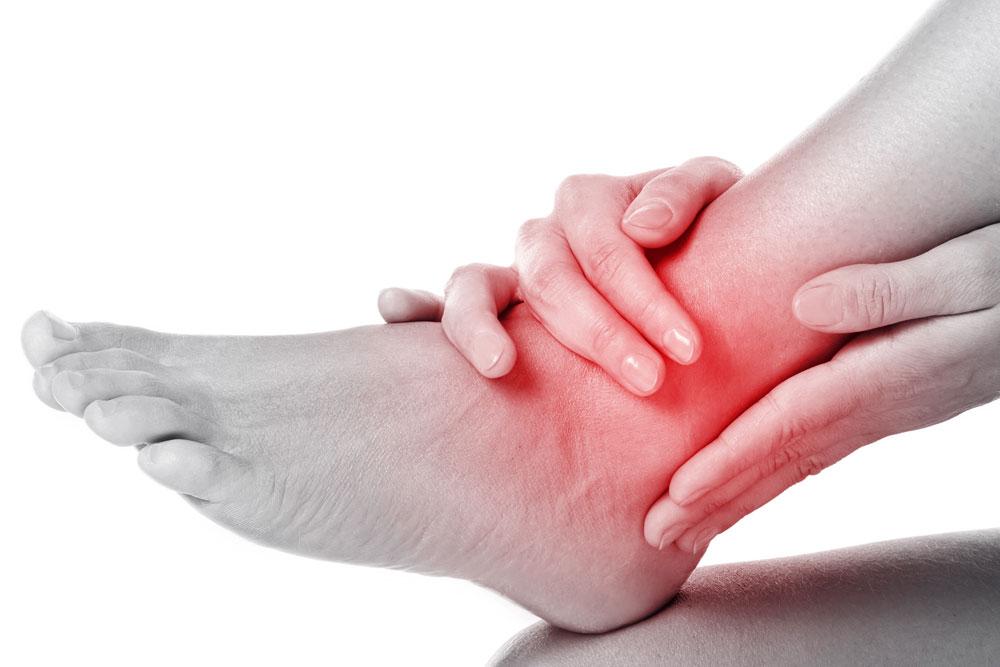It is estimated that the NHS is responsible for almost 5 per cent of the UK’s carbon emissions.
This is due to the fact that healthcare buildings like hospitals provide 24/7 care for patients, and a lot of life-saving treatment relies on the hospitals’ energy input.
Lighting, hot water generation, a ventilation system and heating and cooling are among the highest consumers of energy in hospitals. Even providing meals for patients, guests, and staff takes up a lot of the nation’s energy.
As the climate crisis looms larger every day, healthcare professionals are starting to become more aware of how much energy these centres actually use.
The NHS said in their Carbon Footprint Plan they aim to reach net zero by 2045 for the emissions they can control, with an ambition to reach an 80 per cent reduction by 2036 to 2039.
In 2020, the Department for Energy Security and Net Zero announced the Public Sector Decarbonisation Scheme which provides grants for public sector bodies with funding for heat decarbonisation and energy efficiency measures.
Their aim is to invest in low-carbon heating and energy innovations like heat pumps, LED lighting, building fabric improvements, and renewable energy sources.
The challenge the NHS now faces is how to reduce their carbon footprint while also providing suitable care for all patients.
Passivhaus
Enter Passivhaus, a methodology for low-energy building. Developed in Germany in the 1990s, it can be used to create buildings which use around 90 per cent less energy than standard practice for UK newbuilds according to 21 Degrees.
Passivhaus, also known as Passive Houses, are defined as buildings which have an extremely small heating energy demand and therefore don’t need an active heating system.
The buildings can be kept warm solely by using the existing internal heat sources and the solar energy entering through the windows.
Their ultimate goal is to remove the need for space heating and cooling, and is based on the principle that reducing heating loss to a minimum is the most cost-effective and most robust way of achieving a low carbon building.
This method of energy conservation can be used for a variety of different buildings, from social housing to schools.
Hospitals
In terms of using the method in hospitals, there are an increasing number of architects and builders across the world of this pioneering method.
For example, Frankfurt Hospital turned their building into an eight-storey Passivhaus building in 2022 with almost 700 beds, eleven operating rooms and a helipad with direct connections to emergency services. It was the first Passivhaus hospital to be built.
The UK is also leading the way for Passivhaus hospitals. 2021 marked the completion of the nation’s first Passivhaus in Coventry, and it opened for patients in August that year. Foleshill Health Centre cost £3.3 million to build and was completed in partnership with Community Health Partnerships (CHP) and NHS Coventry and Warwickshire.
It was designed to achieve energy consumption figures of about a quarter of a typical health centre of the same size.
The design maximises natural light to save wasted electricity. There is a small heating system using air source heat recovery pumps connected to small radiators.
Solar panels on the roof provide electricity and all the lighting is provided by energy efficient LED lamps. There are no fossil fuels used on site and each sink has its own instant water heater which operates when the hot tap is turned on.
This is best practice for the control of Legionella and other water-borne pathogens. In order to further reduce carbon emissions, the site is easily accessible by public transport. It also has an electric car charging point and bike storage.
Through cost modelling, the design is predicted to save the NHS approximately £450,000 in operating costs over 25 years following construction.
Passivhaus is well-suited to hospitals as they require 24-hour use and higher temperatures in patient rooms. The method of making the most of natural light is also a big plus for both patients and staff. Community Health Partnerships said that natural light has a “therapeutic effect on the occupants” in a healthcare setting.
"Where natural light is not readily available, a lighting strategy should be developed that effectively uses artificial lighting to enhance the environment,” they added.
However, there has been some criticism regarding the suitability of Passivhaus in the UK. For example, there is a limited number of builders or architects who are skilled in creating these buildings in the UK so the process of creating these sustainable hospitals may take longer than necessary.
The reason for this is that it is still a new building method that is not widely used anywhere in the world, let alone the UK, so many people have not received the necessary training.
There is also no fresh air ventilation which some say make the building stuffy and stale.
Foleshill is the only British Passivhaus healthcare building, so it is still early days. More public buildings are starting to get on board with the methodology, such as Riverside Primary School in Scotland which became the country’s first accredited Passivhaus school.
If the NHS is to reach its net zero target, they may have to start widening their stance to increase the amount of Passivhaus healthcare settings across the country.





